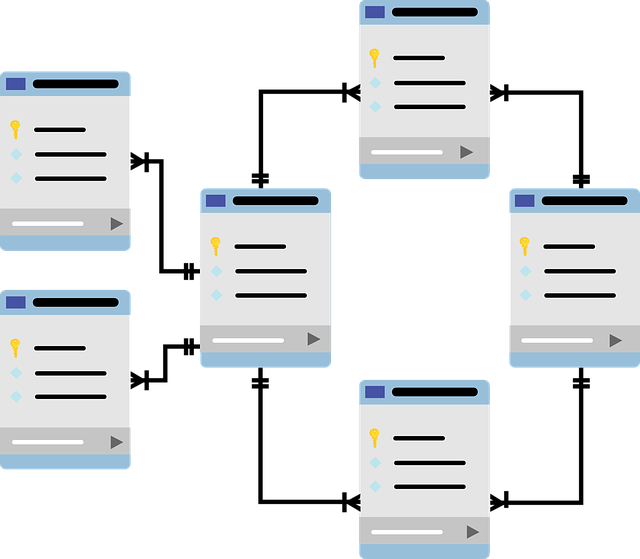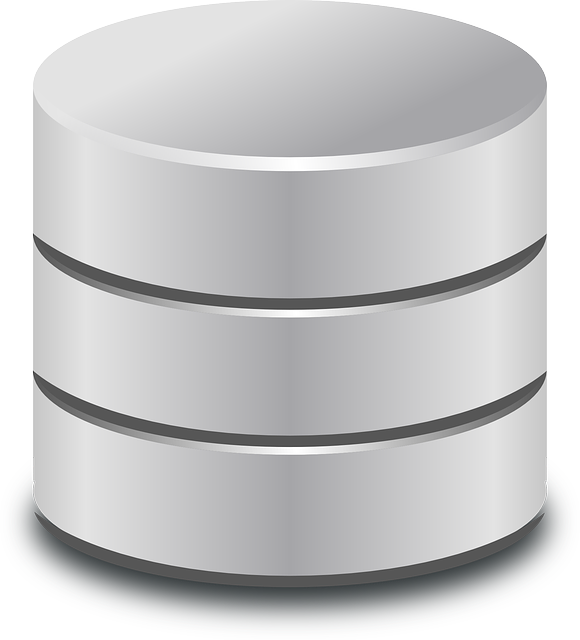
Best 3 Graph Databases in 2023
Choosing the right type of database to store data in is always a crucial decision for your project. In today’s digitized world, we are handling large volume of connected data. That’s where the use of Graph Database arises.

What Are Graph Databases?
Graph databases are the the next evolutionary step in data storage and management. Graph databases uses graph structures i.e, nodes and relationships to store data instead of tables. Relationships take first priority in graph databases. The data model for a graph database is also significantly simpler and more expressive.
Why use Graph Databases?
A graph database is designed to handle highly connected data and this improves performance. Even if your data grows year by year, a graph database can handle the relationship queries. In graph databases, you can store, visualize, query, and analyze data at a deeper level than traditional relational databases.
Another advantage of graph database is that queries run much faster in these databases since they don't have to traverse entire tables. These databases are incredibly scalable and you can add to current structure without disrupting its existing functionality.
Top Graph Databases
1.Neo4j
Neo4j is a graph database management system developed by Neo4j, Inc. The data elements Neo4j stores are nodes, edges connecting them, and attributes of nodes and edges.
Programming language: Java
Initial release date: 2007
Features:
- Popular graph database
- Has a large community
- High performance
- Free option available
- Many pricing options are available
2. Amazon Neptune
Amazon Neptune is a fully managed graph database service that works with highly connected datasets. It is designed for workloads that require low latency and high throughput.
Features:
- Fully-managed
- Good for low latency
- Can handle high-throughput
- Supports popular graph query languages
- Greater flexibility in modeling
- Multi-model database
- Integrated to Amazon Web Services
3. ArangoDB
ArangoDB is a graph database system developed by ArangoDB Inc. ArangoDB is a multi-model database system since it supports three data models with one database core and a unified query language AQL. AQL is mainly a declarative language and allows the combination of different data access patterns in a single query.
Initial release date: 2011
Programming languages: JavaScript, C++
Features
- Open source under a permissive license.
- One database core for all graph, document, key-value, and search needs.
- A single composable query language for all data models.
Final Thoughts: Graph Databases
Graph databases are great for data integration, linked data, and information sharing. They make it easy to explore relationships between data items, and are also very efficient at handling large quantities of data.
The worldwide graph database market is expected to increase to 11.25 Billion by 2030, rising from 1.59 Billion in 2020. So feel free to consult us regarding graph databases.